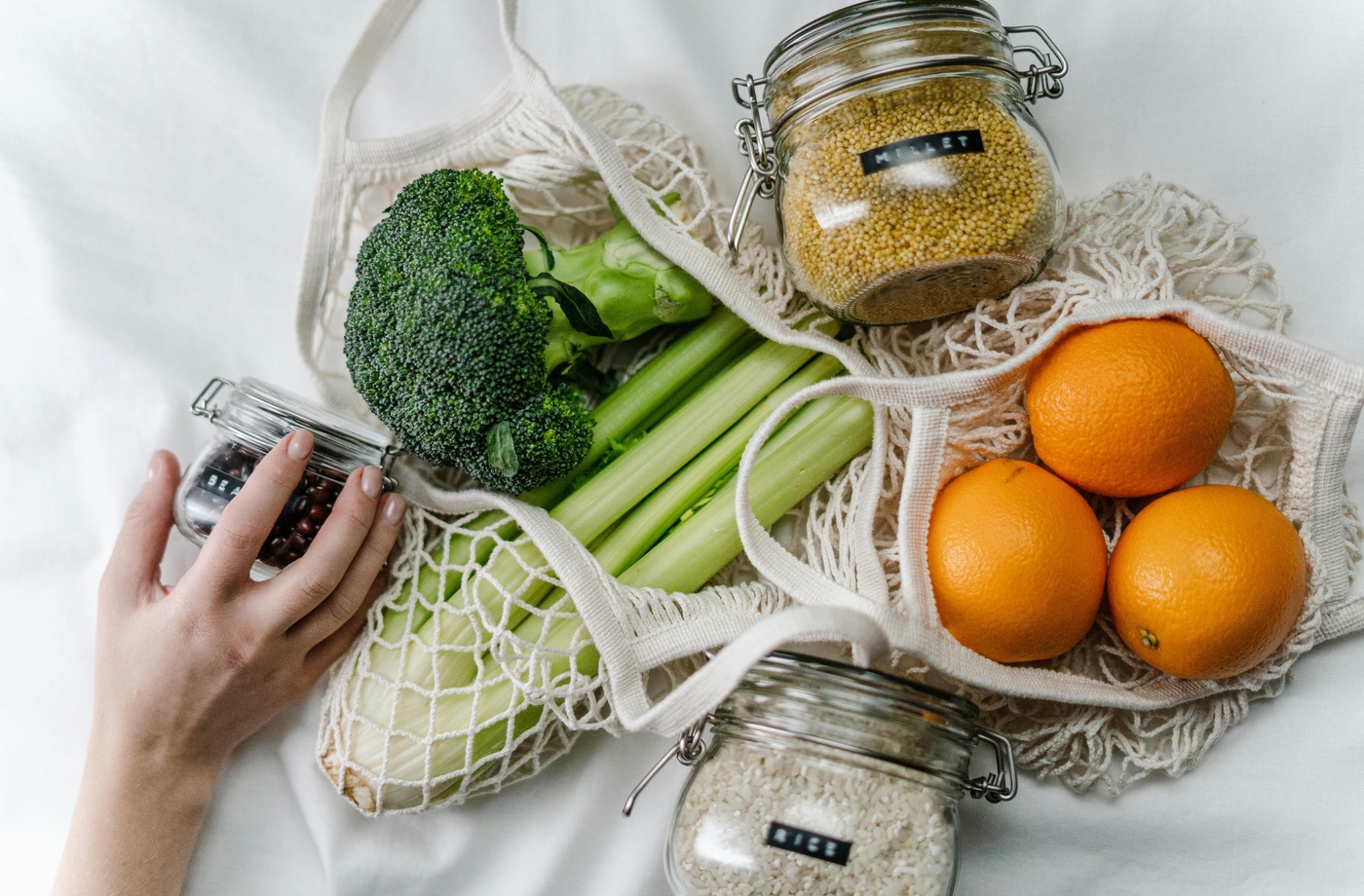Organic groceries often come with higher price tags—but is the extra cost always justified? For budget-conscious shoppers, it’s important to understand when buying organic makes a real difference and when conventional options are just as good. This guide breaks down where organic spending is most effective and how to shop smart without overpaying.
What Does “Organic” Really Mean?
In the U.S., organic food must meet standards set by the USDA National Organic Program (NOP). Certified organic products are grown without synthetic fertilizers, pesticides, genetically modified organisms (GMOs), antibiotics, or growth hormones. Organic farming also emphasizes sustainability and soil health.
When Buying Organic Is Worth It
- Produce on the “Dirty Dozen” List
Each year, the Environmental Working Group (EWG) publishes a list of fruits and vegetables with the highest pesticide residues. If your budget allows, prioritize organic versions of these:
- Strawberries
- Spinach
- Kale
- Peaches
- Apples
- Grapes
- Bell peppers
- Cherries
- Blueberries
- Green beans
- Dairy Products
Organic milk and cheese come from cows not treated with synthetic hormones or antibiotics.
- Animal Products
Organic meats are raised without antibiotics or hormones and with access to pasture. For many shoppers, this aligns with personal health and animal welfare values.
When It’s Safe to Skip Organic
- Produce on the “Clean Fifteen” List
These fruits and vegetables have consistently low pesticide levels, making the conventional versions a better value:
- Avocados
- Sweet corn
- Pineapples
- Onions
- Cabbage
- Frozen peas
- Mushrooms
- Mangoes
- Sweet potatoes
- Watermelon
Check the full list at EWG Clean Fifteen.
- Packaged or Processed Foods
A processed food labeled organic doesn’t automatically mean it’s healthier. Organic chips, cookies, or frozen meals still contain sugar, sodium, or preservatives. Focus your budget on whole organic foods instead.
- Thick-Skinned Produce
Items like bananas, melons, and citrus fruits have peels that naturally protect them from pesticide residue, making conventional versions generally safe.
How to Afford Organic on a Budget
- Shop store-brand organic lines like 365 by Whole Foods Market.
- Buy organic produce frozen—it’s often cheaper and lasts longer.
- Join a local CSA (community-supported agriculture) for seasonal organic produce at a lower cost. Find one via LocalHarvest.
- Shop at discount chains like Aldi or Grocery Outlet, which increasingly carry organic options.
Bonus Tip: Stack Rewards and Cashback
Want to save even more? Use cashback tools like Ibotta or Rakuten to find deals on organic brands. You can also earn cashback with grocery gift cards from Fluz at stores that sell organics, including Kroger, Whole Foods Market, and Albertsons. Explore more at the Fluz homepage.
Final Thought
Buying organic doesn’t have to mean spending more across the board. By knowing which items make the biggest impact and where you can safely save, you’ll get the best of both worlds—healthier choices and a happier wallet.



